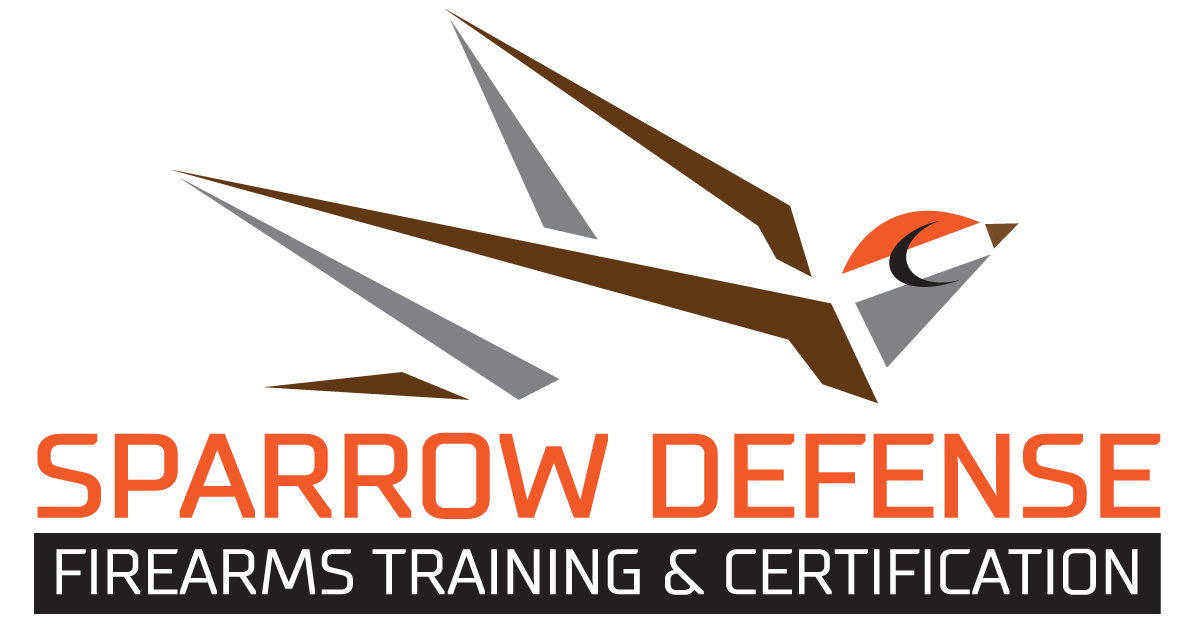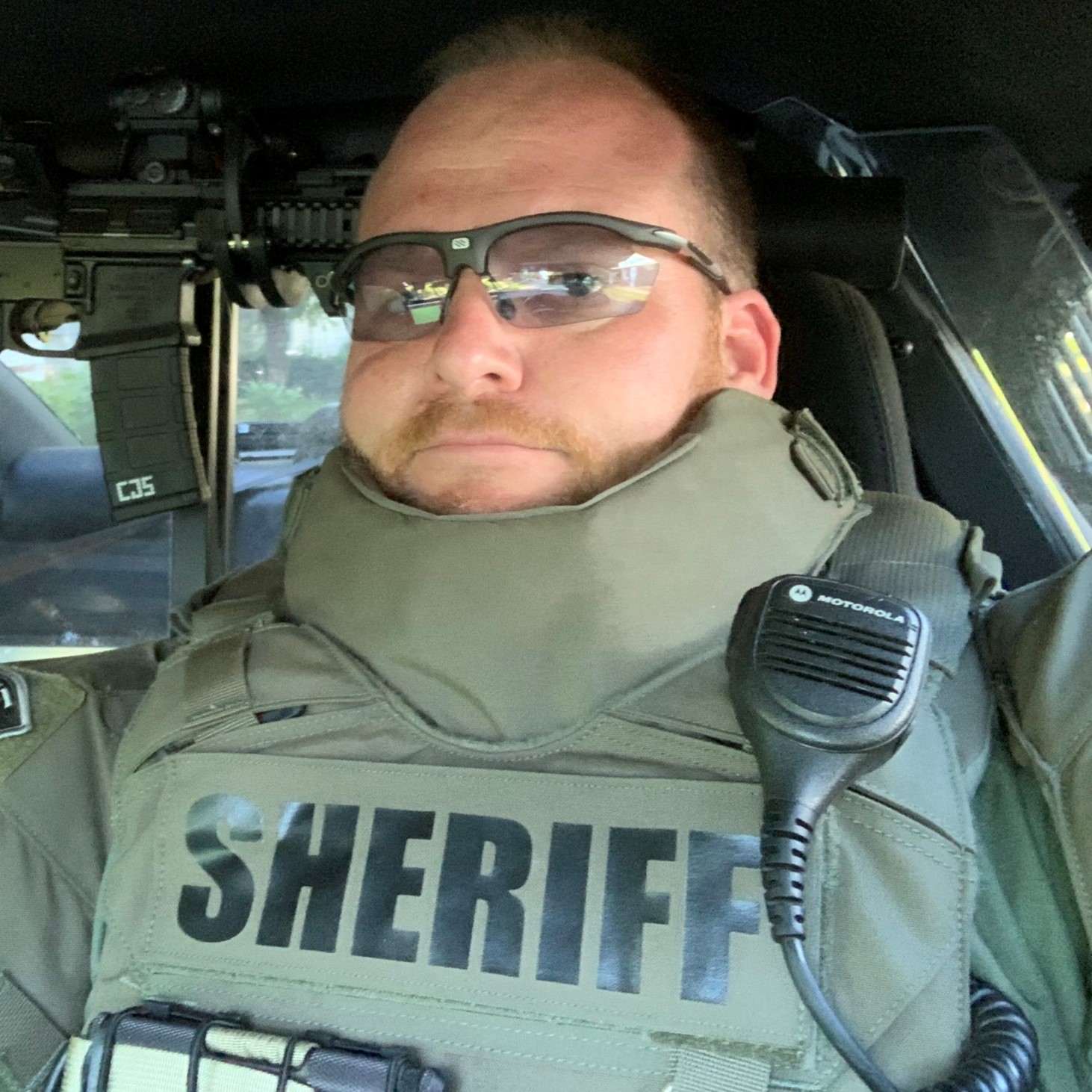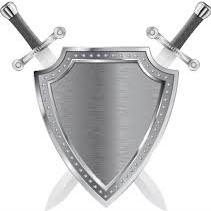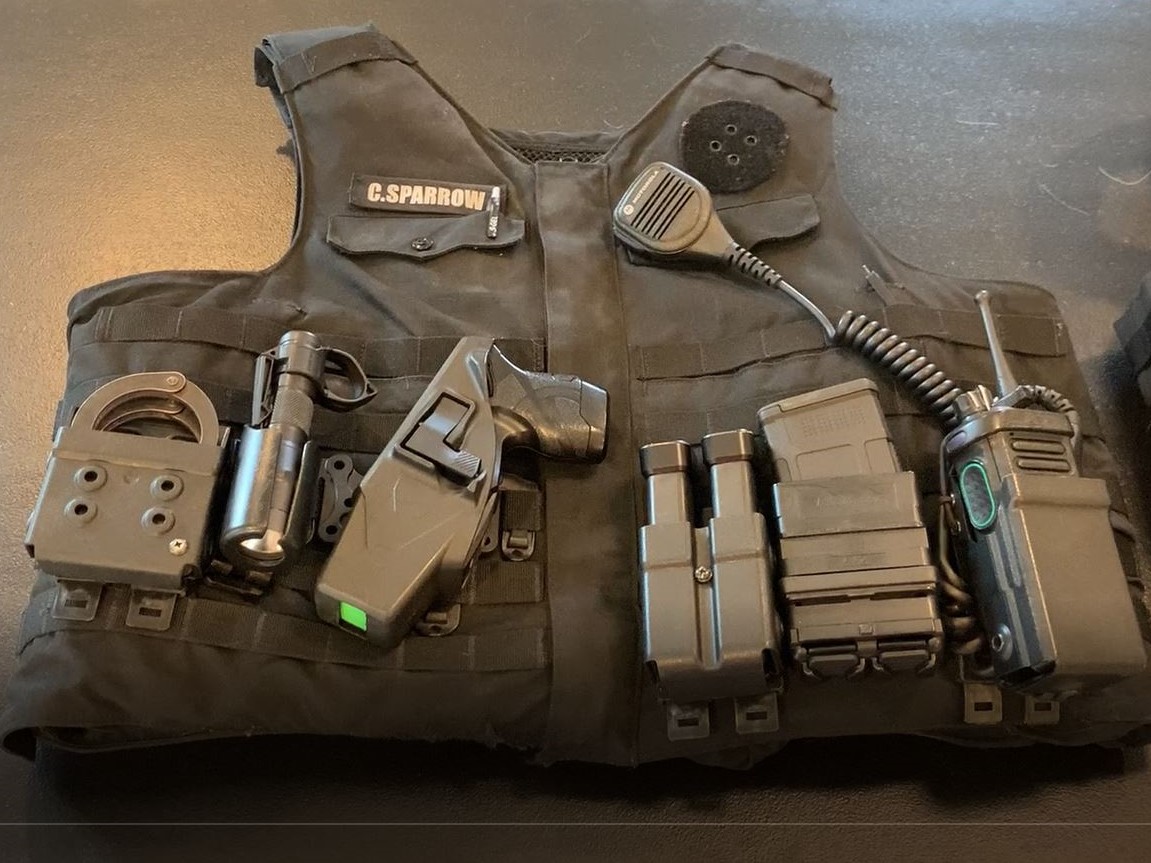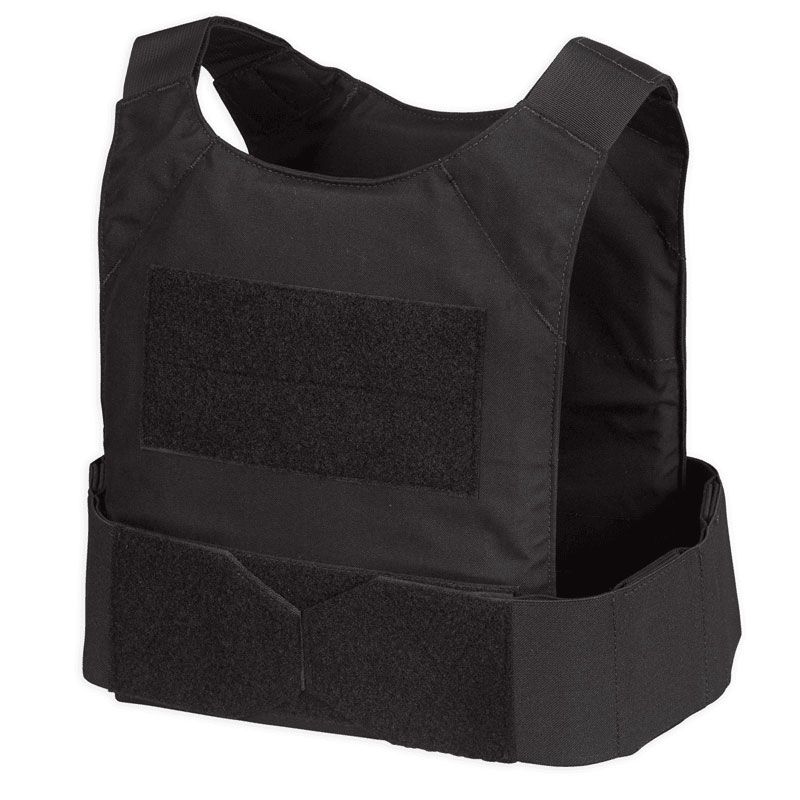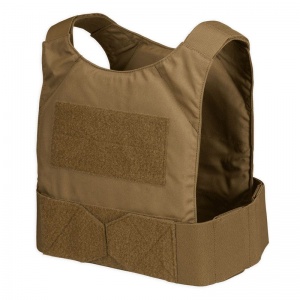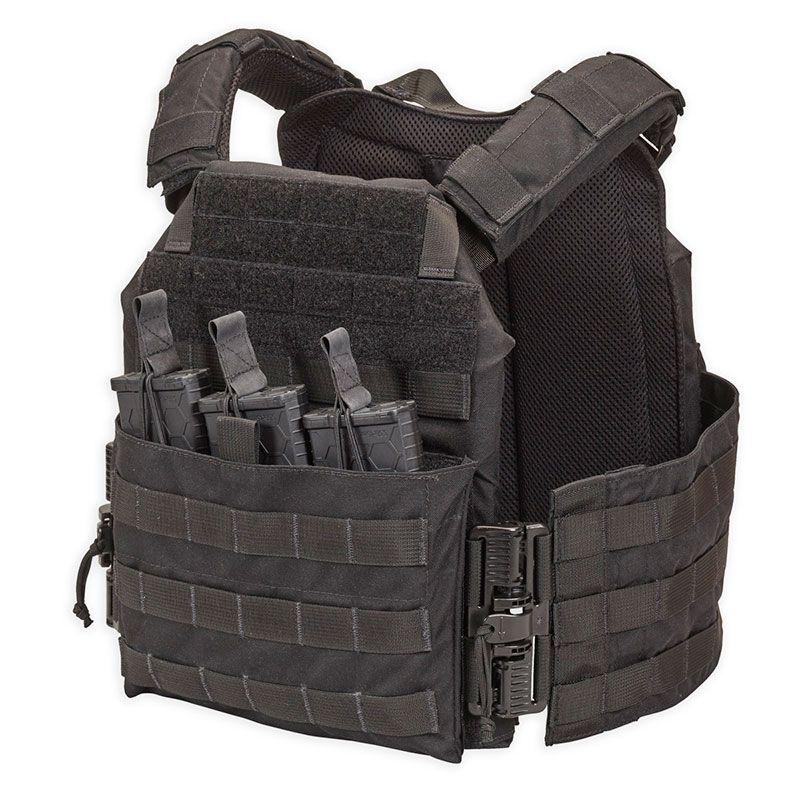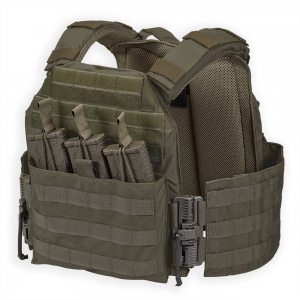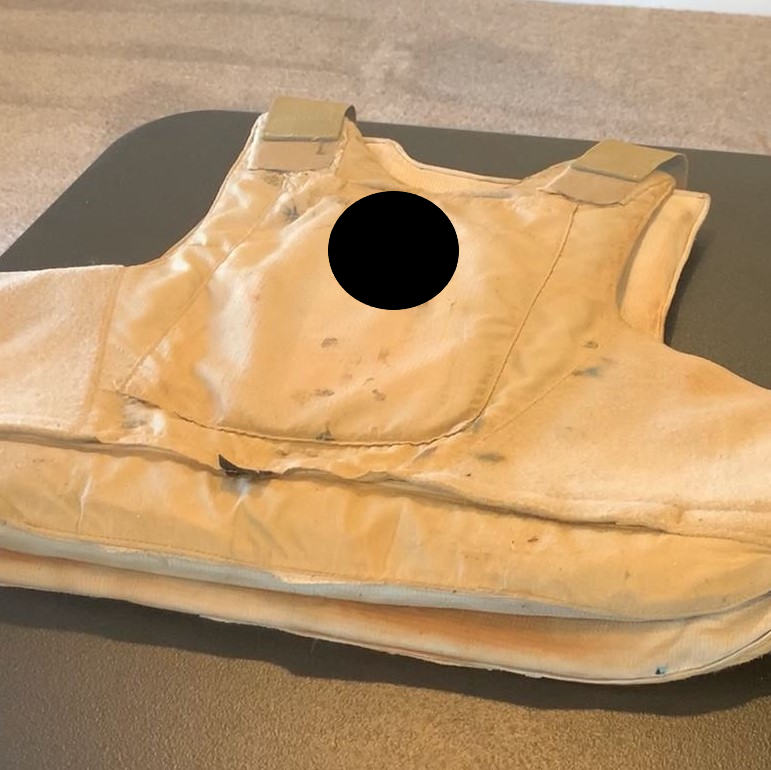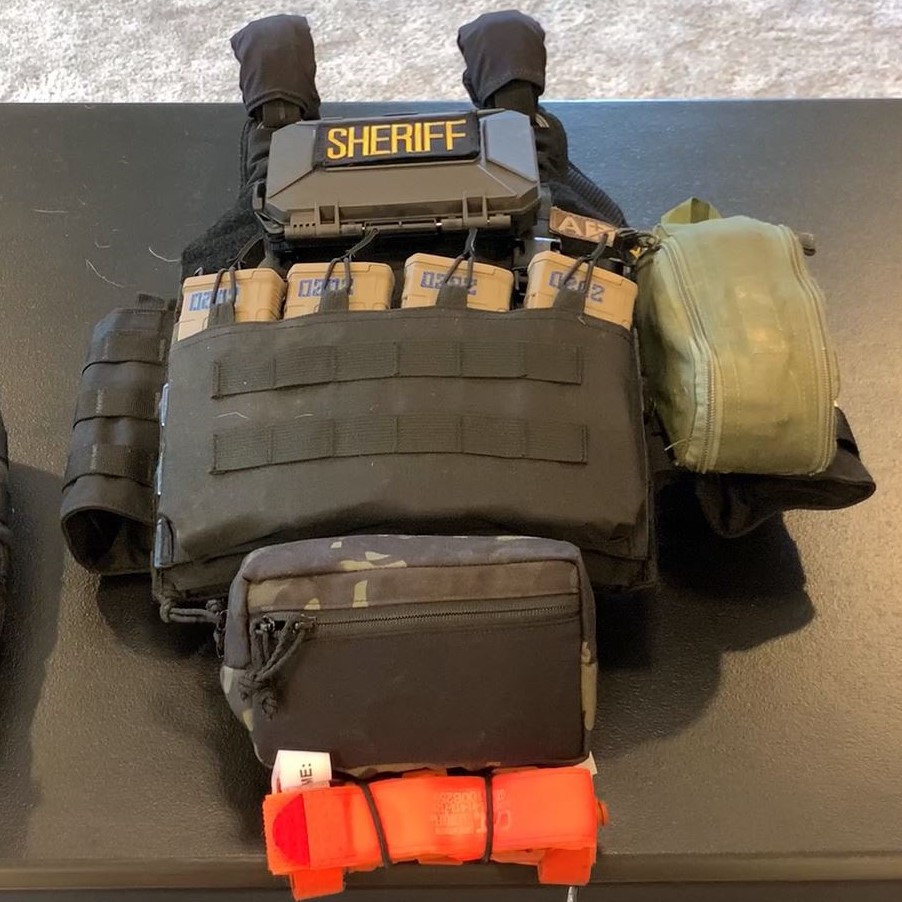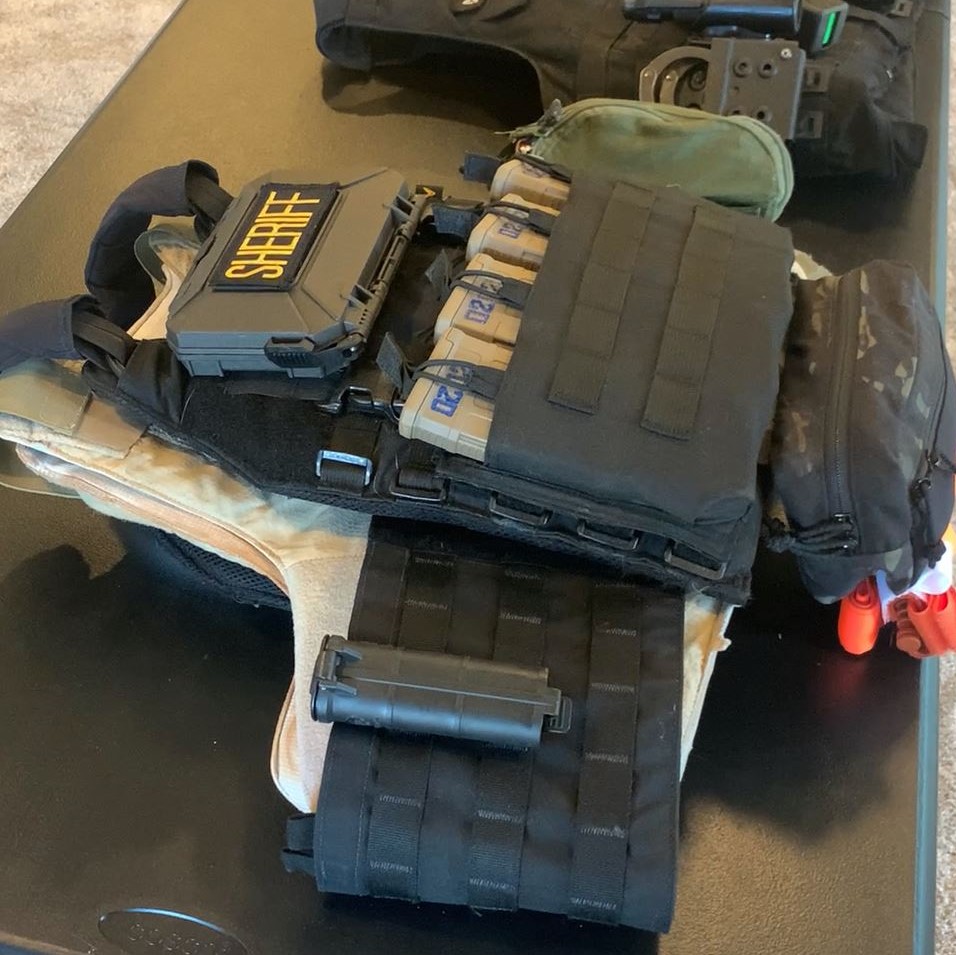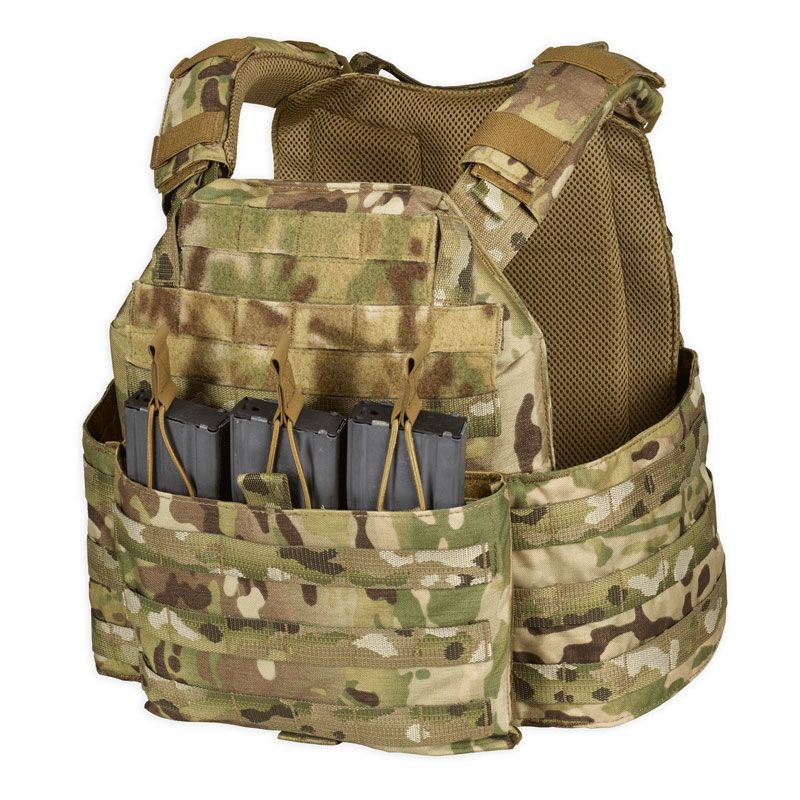
Body Armor - What You Need To Know (2021)
Body Armor - What You Need To Know (2021)
This article has an associated video on YouTube, here: https://youtu.be/q6KcxbtbWF4
Index:
Why To Own Body Armor
It Doesn't Stop Everything
Price vs. Function vs. Weight
Law Enforcement Body Armor
The Evolution of Vest Carriers
Levels of Body Armor
Soft Body Armor
Hard Body Armor
Purpose Drives Purchase
There is a great deal of confusion when it comes to a person's rights to use or own body armor. Most new shooters believe that armor is made specifically for law enforcement applications and that civilians cannot own or use it. Many individuals looking to make a first time purchase are confused by the varying testing standards, quality of materials, armor design, and ballistic protection ratings. Customer Service departments can dismiss the average customer. In this article I'll try to break things down for the layperson so that you'll be able to navigate this process.

Your Rights and Body Armor:
Civilians rights include owning body armor in all 50 of the United States. Many states have specific laws making wearing or using body armor during the commission of certain crimes (usually drug or violence related) an additional criminal charge. Some states also make the possession and use of body armor by convicted felons illegal. For most of us, that should be of little concern.
In short: Your rights include the ability to own body armor, privately and in public, and use it in your daily life.
Why To Own Body Armor:
There are many legitimate reasons for an average person to own soft or hard body armor. Are you a retail employee making closing-time cash drops at the bank. Do you work security for a bank, a church, or a business? Do you work for a ride-share service and encounter unruly or deranged clients? Do you conduct outside sales calls where you meet with strangers at a neutral location? Do you deliver food or goods to strangers? Do you work nighttime hours in a place that could be robbed or burglarized? Do you work in a government building where trials are being held? Do you work in public safety in a role like police officer, EMS, or fire? Do you want an extra level of safety in your home in the event of a burglary or home invasion? Do you attend firearms training classes and wish to have ballistic protection in the event of a negligent discharge?
All of those are good examples of why an "ordinary" person could benefit from owning armor. The next step is deciding if owning and using any type of protective gear is appropriate for you.
It Doesn't Stop Everything:
"Bulletproof Vests for Sale!"
That statement should warn you off. No vest or armor plate, regardless of quality, can provide total protection. Replace the term "bulletproof vest" with "bullet resistant vest". We're going to cover the specifics of what each of the materials and types of gear do later on the article, but please understand that scientists have yet to create something like the skin of the Nemean Lion that Hercules is said to have worn.
Price vs. Function vs. Weight:
Pick any two those above. As a rule, you can have:
- Low price, heavy gear that stops a lot
- Low price, light gear that stops a little
- High price, light gear that stops a lot
As someone who has worn body armor for the better part of 15 years, I have become a believer that you get the quality that you pay for. I wore my vest and carrier for more than 12 hours at a time. If you can, pay a cash price at the start so that you can be comfortable in the future. Many armor manufacturers may also offer a discount to qualified professionals or first responders when you contact their Customer Service department to inquire.
![]() Law Enforcement Body Armor:
Law Enforcement Body Armor:
When you think of a ballistic vest or tactical carrier, you'll probably have the mental image of a law enforcement officer. They are the individuals most visible when they wear a vest, either under their uniform shirt, or as a load bearing vest that provides a mounting location for their equipment. So why do cops wear body armor?
The first reason is that law enforcement officers are three times more likely to survive an attack with a firearm when they wear a ballistic vest or body armor. Also, an officer brings a gun to every scene and call for service. Even if the suspect was unarmed at the beginning, there is the possibility he could gain control of the officer's gun and use it against him or her. For that reason, agencies generally issue a Kevlar vest (flexible protective material) that is rated to stop the bullet fired from the officer's sidearm. While many agencies issue vests that provide an additional level of threat protection, the minimum an officer should carry is armor made to stop the gun they are carrying.
The Evolution of Vest Carriers
Until recently, most officers wore soft armor vests under uniform shirts. In order to be comfortable, each vest was cut to fit the contours of the officer's body. In fact, getting proper fit and being comfortable are usually an officer's first priorities in armor selection. Whenever I was fit for a new vest, I would specify the cut and fit of the vest a few inches higher than normal, to allow me full range of motion. Another issue is that the materials of the carrier and the vest panels trap heat and moisture against the skin. Quality carriers usually have moisture-wicking components built into the lining to aid in cooling.
Multiple studies have shown that the practice of wearing internal carriers to house an officer's protective gear is not the best solution for long term health. When wearing a concealment vest, an officer's work equipment was primarily located on their belts, which placed strain on the lower back and hips. I don't know many cops who don't have lower back issues after a decade of work (myself included). For the first 10 years of my career, external carriers were deemed to be "too tactical" or "too threatening" by most agencies. As time has gone on, the use of load bearing vests to distribute weight across the torso and prevent long term health concerns has become more normalized. These days, most of the agencies surrounding my home are issuing "tactical" style load bearing vests to spread the weight of an officer's gear across the shoulders, chest, and torso rather than the hips and back.
|
|
$259.00 with selected options
Modular Enhanced Armor Releasable Plate Carrier (MEAC-R): Ranger Green
|
Levels of Body Armor:
The National Institute of Justice, a branch of the US Department of Justice, oversees standards, definitions, testing, and assessment wearable concealment armor and of body armor plates. Currently, the next update in the testing protocol (NIJ Standard 0101.07) is in draft form since January of 2018. It has yet to be released, and will change some of the definitions and verbiage used in this article. At this time (March of 2021), NIJ Standard 0101.06 is still in use. Levels of Protection start at IIA (2A) and move up through Level IV (4). There is no level 5 body armor.
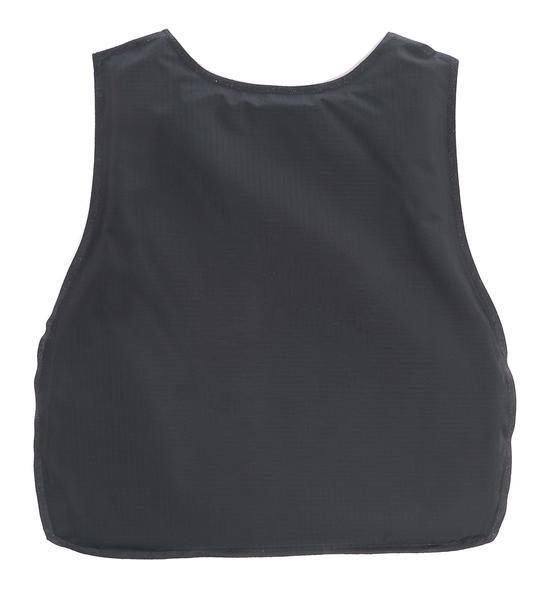
Levels IIA, II, and IIIA body armor protect against handgun caliber rounds and are mostly made of a flexible fabric-like substance that is comfortable to wear. Levels III, IIIA, and IV body armor are usually formed into a "plate" of multiple fabrics, composites, and chemicals. There are also plates made out of steel of varying thicknesses. Each testing protocol outlines the number of rounds the armor is meant to stop in new or a "conditioned" state.
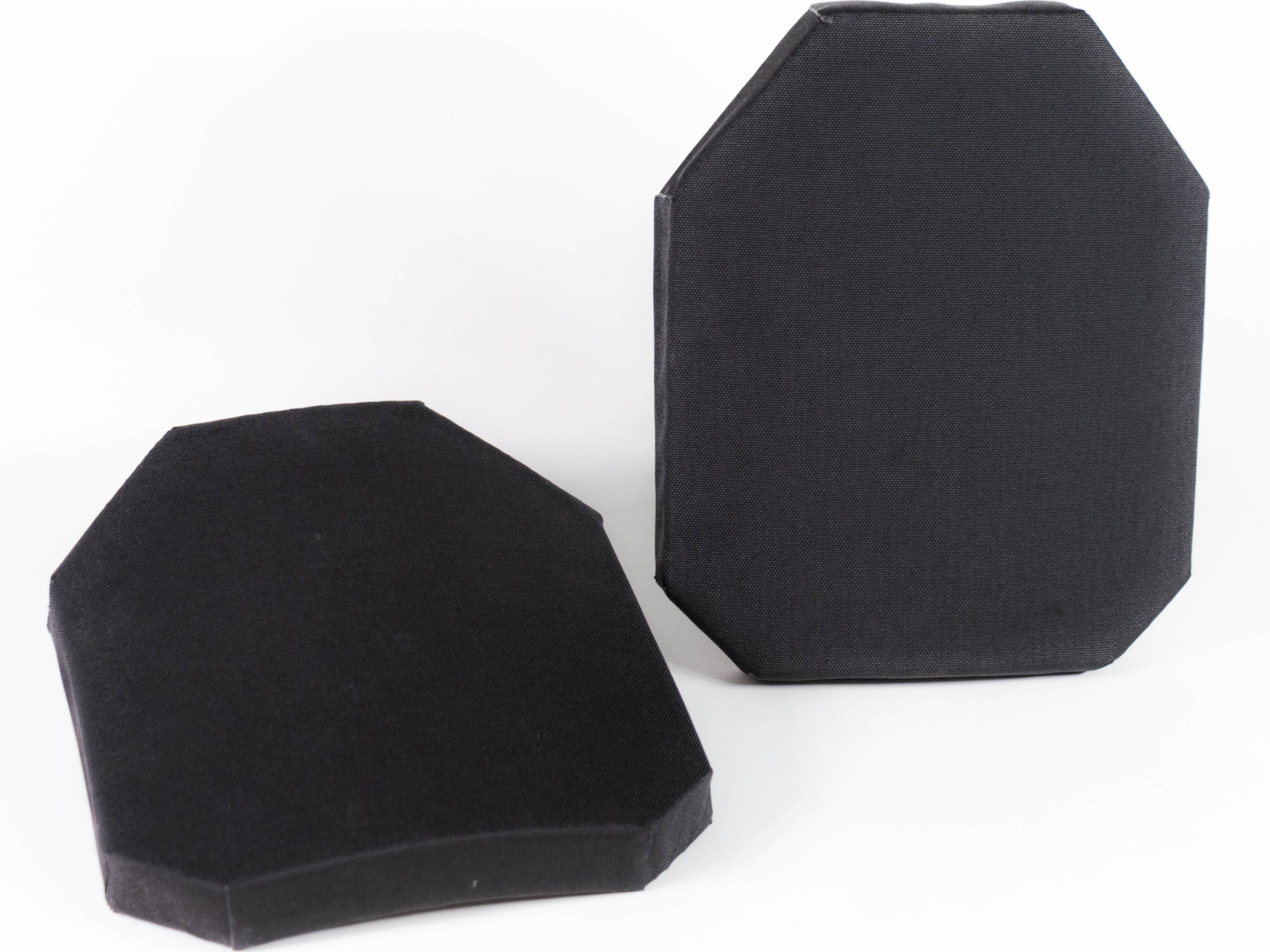 |
$165.00 with selected options
4SAS7 Level IV Stand Alone Armor Plate - DEA Compliant (Single Curve): 10 x 12 Single Curve Full Cut
|
You can read the protocol at the link above. You should also be aware that there are interim specifications out there, and that the DEA has it's own set of requirements and standards.
Finally, pay attention to the words "stand alone" vs. "in conjunction with" when making a decision. Stand Alone means that the product will work by itself. In-Conjunction-With means that a plate or vest must be layered with another product to provide the designated ballistic resistance.
![]() Soft Body Armor:
Soft Body Armor:
As mentioned above, the flexible material armor worn by most officers and security personnel fit into this category. The material is meant to wrap around the torso, often overlapping on the sides to prevent against wounds from angled attacks or ricochet. As the ballistic rating of the body armor increases, the armor generally becomes thicker and heavier. There is high quality armor for purchase that can minimize weight while retaining that same rating, but the price of that armor usually jumps considerably.
By design, each level should stop:
IIA:
- 124 grain 9mm @ approximately 1225 fps
- 180 grain .40 caliber @ approximately 1155 fps
II:
- 124 grain 9mm @ approximately 1305 fps
- 158 grain .357 magnum @ approximately 1340 fps
IIIA:
- 125 grain .357 Sig @ approximately 1470 fps
- 240 grain .44 Magnum @ approximately 1430 fps
You should note that none of these provide a level of defense against rifle-caliber rounds. For that, you will need to move into a hard plate-based system.
![]() Hard Body Armor:
Hard Body Armor:
Initially constructed of steel AR500 plates, hard body armor can now be made of a variety of chemicals and materials to provide protection against elevated threats. Ceramic and fabrics impregnated with polyethylene are gaining popularity due to their reduced weight compared to the steel plate setups. That is not to say that steel plates are inferior to composites or ceramics, but there is a concern of "spalling" or fragmented rounds striking exposed parts of the body when using steel. Many companies making steel armor plates offer a coating of material to trap the fragmented rounds and prevent shrapnel from striking the wearer's face or neck.
In the past, plate carriers were "tactical" gear, only seen on SWAT or special teams. However, as the Active Killer threats became more commonplace, and the needs to respond to those threats increased, officers and civilians began looking for methods to protect against a rifle threat. The rigid nature of the plate, combined with the weight, means that plates are usually housed in a vest or carrier that can be put on over other equipment. For an added price, you can purchase armor plates and a carrier that will conceal under clothing. One of the disadvantages of the tactical style load bearing vests that police have gone to recently is that mounting equipment directly to the chest can make donning a plate carrier impossible without first removing their patrol vest and soft armor.
Hard Body Armor carrier setup can vary greatly. You could use the carrier as a method for transporting additional medical equipment or ammunition that provides a tactical advantage in the field. You could also run it "slick" to minimize weight and loss of mobility. In the end, setup is up to the end-user.
By design, each level should stop:
III:
- 147 grain 7.62 x 51mm (M80) round @ approximately 2780 @ fps
IV:
- 166 grain .30 caliber Armor Piercing (AP) round @ approximately 2880 fps
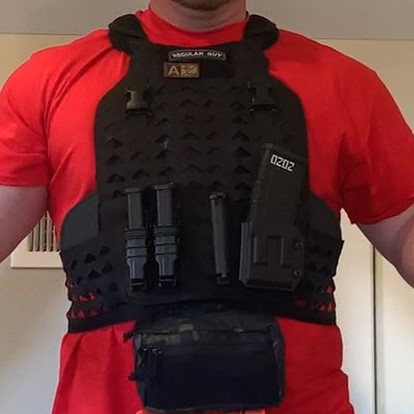
Each level of body armor offers protection against lesser projectiles, as well. While .30 caliber AP is the ballistic standard for Level IV body armor, that round has not been in common use for decades. It is rare for law enforcement or anyone else to encounter that round. Configuring your carrier and gear with armor made to protect against that round may not make sense if you sacrifice being comfortable or limit your carrier options.
Because of that fact, many manufacturers now offer a III+ rating, made for "special threats". Level III+ plates, made of steel or other material provide protection between that of level 3 body armor and level 4 body armor. The manufacturer specs will list the specific projectiles the body armor is rated to stop. A level III+ body armor plate is often effective against commonly encountered rounds, including some armor piercing projectiles. Most of the my own vests are III+ plates in tactical carriers, due to the number of large caliber hunting rifles I encountered at work.
Purpose Drives Purchase:
Like most rookie officers (or those who just like buying gear), I have made a great number of mistakes when it came to equipment purchases. My first vest was a steel setup with a weight of 12+ pounds per plate in a low quality carrier. When assembled with all my other support equipment, I was slow, hot, and uncomfortable for hours. After a number of August K9 tracks through the woods, my willingness to punish myself waned, and I began prioritizing being comfortable above skimping on cost. However, that's based on the 12+ hour wear-time that I dealt with on a regular basis. If you're not wearing body armor for work, you may have different priorities.
If you're seriously considering a purchase of protective equipment, start by deciding what you are trying to ACCOMPLISH. Then get what will best fit that role.
- If you want something for home defense, get that heavy level IV setup that you can put on quickly and bunker down with until help arrives. You can get high quality body armor at a low price if you're willing to deal with the weight. Attach your pistol, light, and med kit to the carrier so all your life-saving equipment is in one place.
- Want something for an Active Killer threat? Get something you can put on over a uniform or your street clothing that offers ballistic protection against rifle rounds and identifies you as a good guy.
- Want something for your daily work life? Maybe a flexible vest in a carrier made to fit under your dress shirt is the way to go. Get something comfortable that conceals well so that you don't have to explain your rights to own and wear body armor to a nosy observer or tip off a possible threat.
Ultimately, you need to ask yourself what threat your carrier and body armor is guarding against. Err on the side of probability, not possibility. Too heavy or hot and you're not going to wear it. Also, are you worried about armor-piercing 30 caliber (which hasn't been issued since World War II) or are you worried about the local thug with ball ammo in a stolen gun? Don't be ashamed when exercising your rights, especially when it provides you with additional protection and a tactical advantage when defending yourself.
Thank You For The Support:
For more information, check the Sparrow Defense YouTube channel for videos on this subject.
